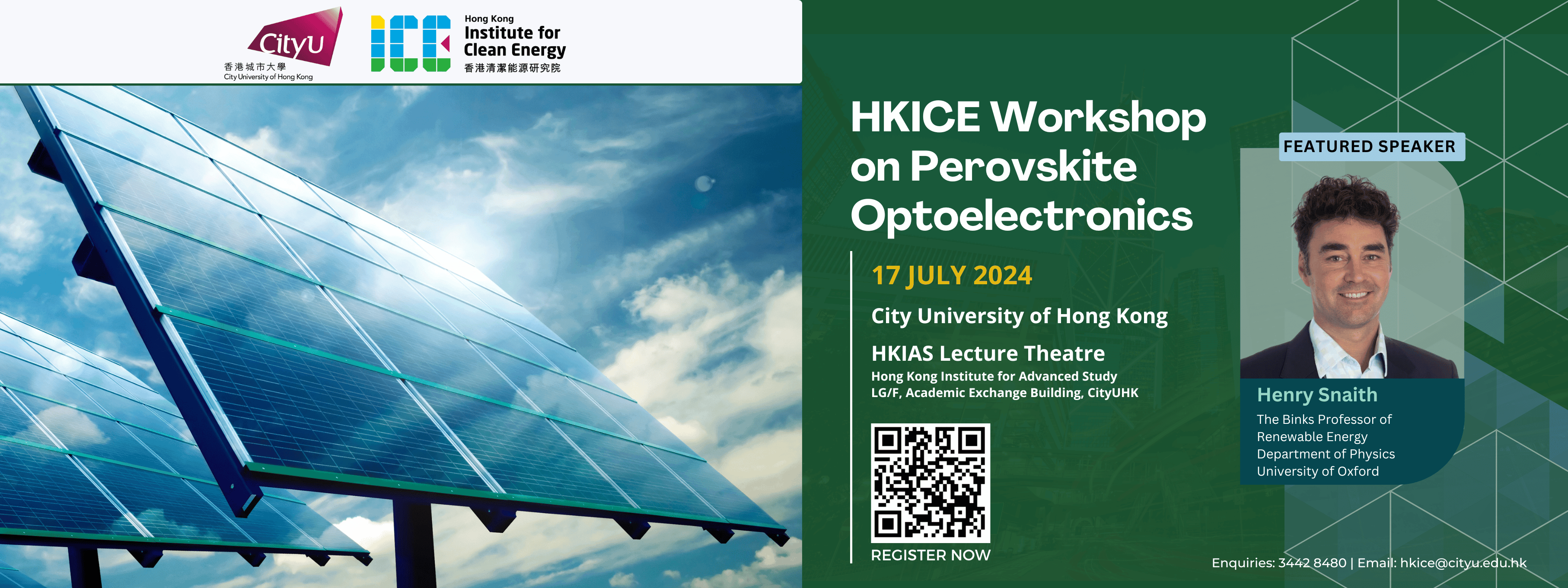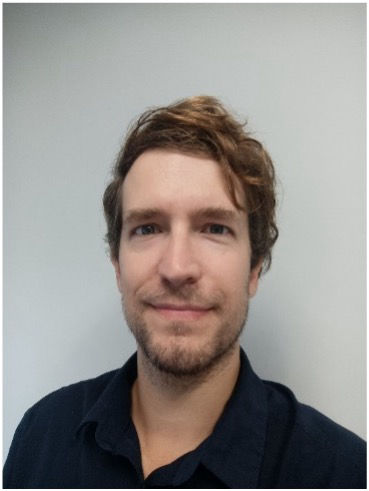Invited Speaker
Biography
Prof. Stolterfoht is an Early Career VC Associate Prof. from The Chinese University of Hong Kong (CUHK). He joined the Electronic Engineering Department on 1st of August 2023. Before this appointment, he was awarded a Heisenberg fellowship of the German Research Foundation in 2022 and he was the leader of the renowned Perovskite Group at the University of Potsdam, Germany, and completed his Ph.D. at the University of Queensland, Australia. His research is focused on understanding and enhancing the stability of perovskite-based solar cells to an industrial standard, which is currently the major bottleneck of all perovskite-based PV technologies.
Understanding the stability of perovskite solar cells based on their ionic properties
Martin STOLTERFOHT
Abstract
Improving the stability of perovskite-based tandem solar cells is the last major scientific and technical challenge to be overcome before commercialization. In this context, mobile ions play a significant role, yet their exact impact on the overall performance and stability of perovskite-based photovoltaics remains largely unexplored. We recently found that an elevated interfacial and bulk trap density is apparently not the most decisive factor for perovskite solar cell degradation. Instead, it is the generation of an increasing number of mobile ions under external stressors, which progressively screen the built-in field, leading to charge extraction losses.1–3 In this talk, I will discuss our recent understanding of how ion migration influences the performance and stability of various perovskite solar cells, particularly wide-bandgap cells, which suffer rapidly from large ionic losses that can reduce the steady-state current by over 10 mA/cm² compared to the ion-freeze current. These and other findings suggest an intriguing correlation between halide segregation and ionic losses. Moreover, I will address the important aspect of the recovery of ionic losses, which is crucial for longer-term operation under realistic conditions. I will discuss how various ionic properties, such as the initial ionic loss, ion density, hysteresis in the current-voltage (JV) characteristics, and the effective ion diffusion coefficient, relate to long-term stability. Finally, strategies will be discussed on how to mitigate mobile ion-induced performance degradation for more stable next-generation perovskite-based solar cells.
References
1. Le Corre, V. M. et al. Quantification of Efficiency Losses Due to Mobile Ions in Perovskite Solar Cells via Fast Hysteresis Measurements. Sol. RRL 6, 2100772 (2022).
2. Thiesbrummel, J. et al. Universal Current Losses in Perovskite Solar Cells Due to Mobile Ions. Adv. Energy Mater. 11, 2101447 (2021).
3. Thiesbrummel, J. et al. Ion-induced field screening as a dominant factor in perovskite solar cell operational stability. Nat. Energy 9, 664–676 (2024).

